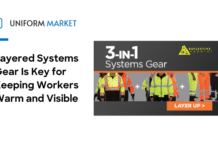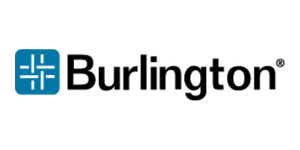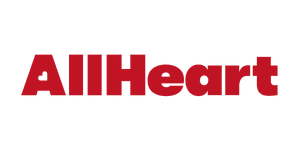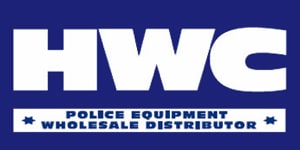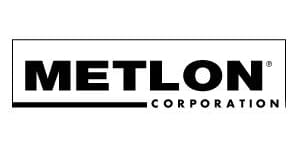By Scott A. Corrao, president of Reflective Apparel
High visibility uniforms are a necessary safety requirement, but they are also a corporate branding opportunity. Uniforms are one of the most visible and personal elements of a company’s corporate identity. Just as much care and thought should go into branding a hi-vis uniform as creating a billboard ad.
Since safety is the main priority, there are some considerations to take into account when adding logos and branding to hi-vis uniforms. Below is a corporate identity guide for branding hi-vis uniforms.
What are the benefits of corporate branding on hi-vis safety apparel?
Personalizing hi-vis uniforms improves corporate image and identity by reinforcing branding. Uniforms also serve as an opportunity to advertise a brand. Branded hi-vis uniforms also add an element of professionalism and a sense of belonging for employees. In addition, corporate-branded hi-vis uniforms increase safety and security at job-sites. Logos and personalization make it easier to differentiate between employees who should be on premises and potential trespassers.
What regulations must be followed when printing on hi-vis apparel?
ANSI 107 standards outline guidelines for printing on hi-vis garments. Below is a summary of some considerations required by ANSI 107. Refer to the official American National Standards Institute for official complete guidelines.
- Any logo, lettering, or identification panels should not create gaps of more than 50 mm in the retro-reflective material.
- Logos should be small enough to avoid obstructing the fluorescent background of a hi-vis garment.
- Logos and designs should not be placed over retro-reflective strips.
The size of a uniform may also impact where you print a logo or text, as well as how large a graphic is. Logos and text should be big enough to be readable, but not so large that they decrease the visibility of the garment. Even on small size uniforms, designated amounts of fluorescent material must be maintained. Many of Reflective Apparel’s designs include off-set tape that provides extra space for logos, without compromising safety standards.
While ANSI high visibility apparel is regulated by strict standards, enhanced visibility garments are not. Even though enhanced visibility garments are not regulated, keep the safety considerations above in mind.
Where is the best place to position corporate branding on a hi-vis uniform?
It is ideal to place corporate branding on both the back and front of a hi-vis uniform. This may include the upper or lower back, and a front placement on the chest or perhaps a front pocket. Vest logos are predominantly placed on the back and smaller logos can be placed on the chest area or larger logos can be dropped to the lower front. Sleeves are also an option for printing on shirts or Class 3 vests. However, never print over retro-reflective tape, which reduces its effectiveness.
How do fluorescent fabrics impact screen printed logo colors?
Many uniforms are designed using a brand’s colors. However, when workers are required to wear ANSI-certificated hi-vis workwear, color matters. So what colors are best to print on hi-vis uniforms? It is best to stick to one-or two-color logos that provide contrast against hi-vis apparel. Dark colors, such as black, navy, and dark gray tend to work well. Since fluorescent colors are so vivid, you will have a higher quality image if the logo is printed with a white layer of ink first to create a neutral base layer.
How long do personalized and custom orders take?
While an employee may be able to get by with a regular uniform that is a little faded or worn, hi-vis uniforms must continually meet safety standards. This means that replacement hi-vis uniforms must be supplied in a timely manner and always be available. That is why Reflective Apparel provides speedy shipping on custom printed orders. Reflective Apparel has a dedicated in-house art department that can do heat transfer, screen printing and high speed lamination on a variety of hi-vis apparel styles and designs.
#reflectiveapparel
ABOUT
Scott A. Corrao is the president of Reflective Apparel, which manufacturers quality high visibility garments for public and private sector workers, including firefighters, police officers, railroad workers, Department of Transportation employees, construction workers and airport employees. Originally founded in 1989 to support the public safety market’s need for nighttime reflectivity, Reflective Apparel was at the forefront of the American National Standards Institute (ANSI) Standard for High Visibility Safety Apparel, having pioneered many of the ANSI garment solutions found today. Reflective Apparel’s distribution center and production facilities are located in Marietta, Georgia. For more information, visit www.reflectiveapparel.com.
Also read: Layered Systems Gear Is Key for Keeping Workers Warm and Visible





